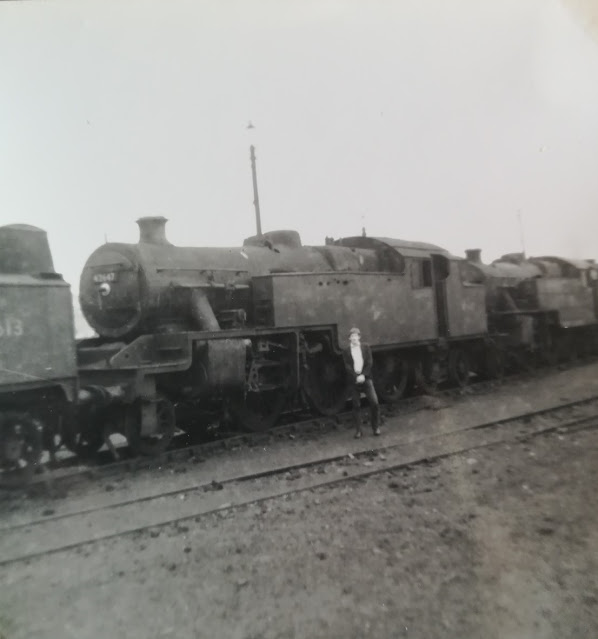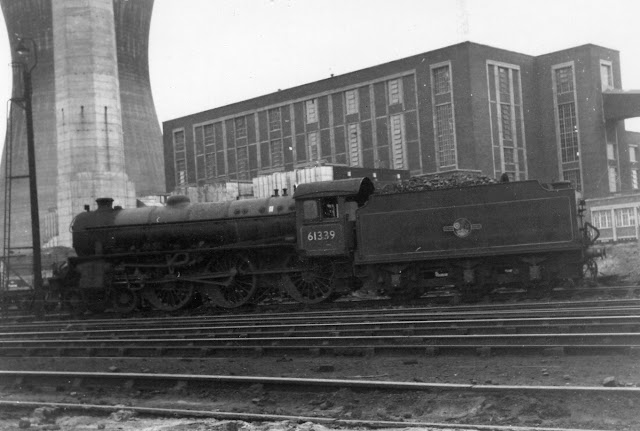We regarded these ex-LNER 4-6-0 mixed traffic Class 5s as very
much the ER equivalent of our LM Mickeys. Although only relatively few
carried names, those that drifted to the western extremities of former LNER
influence on the Wirral were often the ones named after the various species of
African antelope, which made up the bulk of the first 41 of the class.
We were always on the look-out for a single example on our
Sunday morning trips to Birkenhead sheds in the early 1960s. They worked
freights in and out of Birkenhead docks and were therefore also sometimes
spotted at Chester General station, as well as at Preston on the summer Saturday
holiday-makers’ trains from Yorkshire to Blackpool.
Introduced in 1942, and with some still being constructed
when BR took over from LNER, there were 408 locos still listed in my 1962
combined volume, out of the original 410 built. Nos. 61264 and 61306 have been
preserved. No. 61306 carries the name Mayflower, which in BR days was actually borne
by No. 61379.
John Dyer’s photos show No. 61000 Springbok in Doncaster
works on 30/4/62, No. 61015 Duiker at Wakefield in August 1962, No. 61059 at
Derby Midland station also in August 1962, No. 61062 at York on 12/4/62, No. 61071
at Speke Junction on 29/10/61, No. 61122 in Sheffield Victoria station on
20/6/59, No. 61158 on Doncaster sheds on 30/4/62, No. 61165 at Chester General
station on 18/3/64, No. 61221 Sir Alexander Erskine-Hill and No. 61240 Harry
Hinchcliffe both on Edinburgh Haymarket sheds on 29/6/60 and No. 61339 at
Wakefield in August 1962.








































